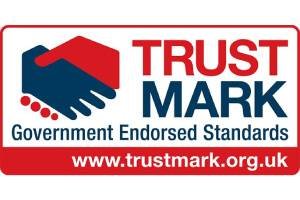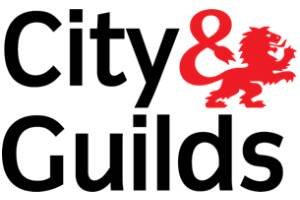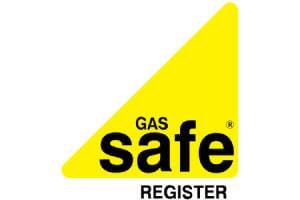
The EICR F1 code is a fundamental indicator of immediate electrical safety risks. It points out the main issues that may cause serious dangers, such as electrical shocks or fires. Understanding this code is essential for homeowners and property managers alike. What causes an F1 code, and what steps should be taken to rectify the issues? The answers to these questions are important for ensuring compliance and safety in electrical installations.
Key Takeaways
- The EICR F1 code indicates immediate risks in electrical installations, highlighting issues that affect safety and compliance.
- F1 code is commonly triggered by issues such as insufficient earthing, damaged cables, circuit overloads, and ageing infrastructure.
- Resolving F1 code issues involves examining the EICR report, hiring a qualified electrician for repairs, and upgrading to modern electrical systems.
- To prevent future F1 codes, schedule regular maintenance, establish inspection routines, and use smart technology to monitor electrical systems.
- A follow-up EICR is essential to verify safety compliance after repairs, ensuring conformity with the latest regulations and standards.
What Is an EICR and Why Is It Important
An Electrical Installation Condition Report (EICR) is an essential assessment of the electrical systems. It examines the safety, performance, and compliance of electrical installations, ensuring they meet current regulations and standards.
The EICR is particularly important in an era where technology drives advancements in electrical technology, emphasising the importance of implementing strict safety protocols.
Regular EICRs not only protect inhabitants from danger, such as electrical fires or shocks, but they also improve the longevity and efficiency of electrical systems. By identifying deficiencies and opportunities for improvement, property owners can invest in modern solutions that enhance safety and sustainability.
Moreover, a thorough EICR can increase a property’s value, demonstrating a commitment to safety and progressive practices. In a quickly changing technological world, understanding the importance of an EICR is key for making informed choices and managing properties responsibly.
Breaking Down the EICR F1 Code
When an EICR F1 code is issued, it highlights deficiencies that can affect safety, operational efficiency, and compliance with regulatory standards.
The EICR F1 code highlights the need for proactive maintenance and advanced methods in electrical systems. It encourages stakeholders to engage with cutting-edge technologies and strategies to enhance safety and performance.
Addressing an F1 code not only alleviates risks but also promotes continuous improvement in electrical infrastructure.
Understanding the implications of the F1 code promotes responsible management practices and encourages a forward-looking approach to electrical safety. By addressing these issues quickly, stakeholders can improve their installations, making sure they meet modern safety standards while adopting creative electrical solutions.
Common Reasons for Receiving an F1 Code
Receiving an EICR F1 code often indicates specific issues within an electrical installation that require urgent attention. This code usually results from issues like poor earthing or bonding, which endangers the safety of the electrical system.
Additionally, damaged cables or connections can cause an F1 code, exposing weaknesses that could result in electrical failures. Circuit overloads and the improper installation of electrical devices also contribute to this classification, highlighting the need for immediate corrective measures.
Ageing infrastructure, which develops risks due to wear and tear, is another common reason for an EICR F1 code. These issues not only affect operational efficiency but also pose risks to the overall safety of the installation.
Addressing these concerns swiftly is necessary for maintaining a dependable electrical system, ensuring technological progress is achieved without sacrificing safety standards.
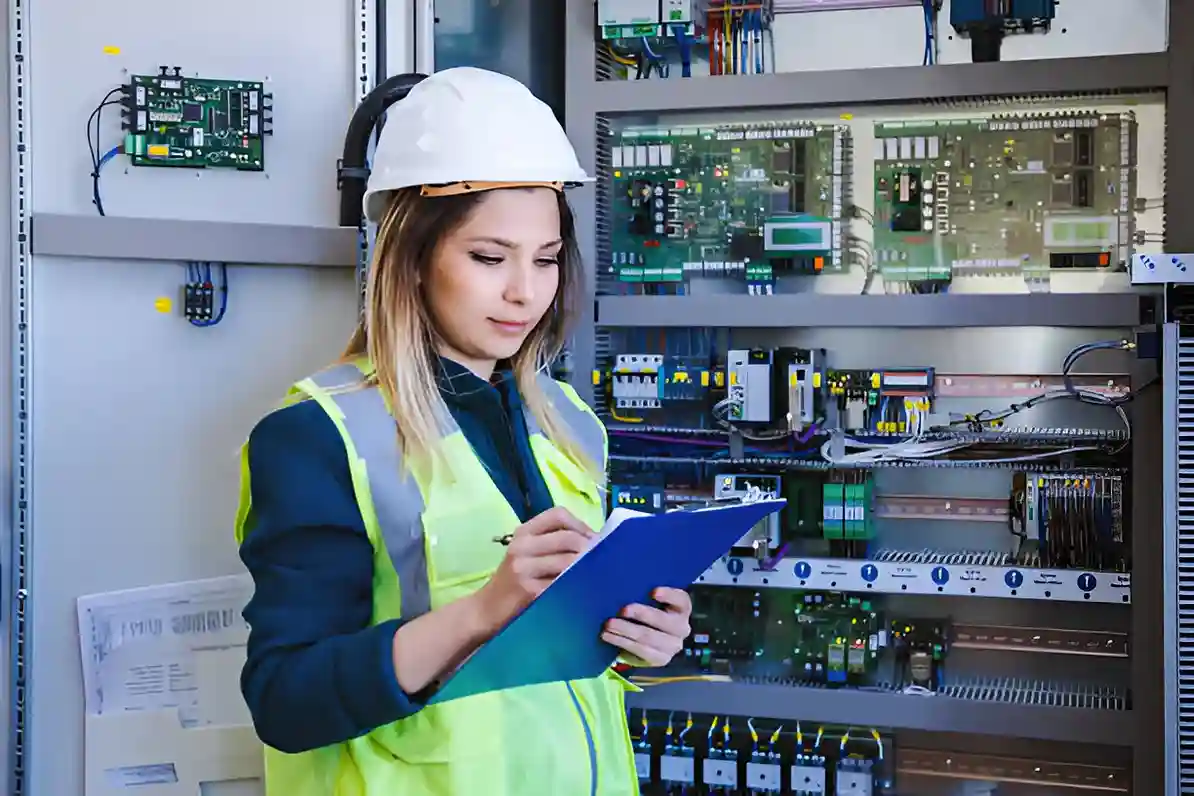
Is an F1 Code Dangerous? What It Tells You About Your Electrical Safety
How dangerous can an EICR F1 code be for electrical safety? An F1 code indicates a failure in an electrical installation, raising immediate safety concerns. While not inherently dangerous, it signals deficiencies that could lead to dangerous situations if left unaddressed.
- Increased Risk of Fire: Faulty wiring or insulation may ignite under certain conditions, creating fire hazards.
- Electric Shock Potential: Exposed or damaged conductors can result in electric shocks, posing a serious risk to individuals.
- Equipment Malfunction: Poor electrical connections may lead to equipment failures, causing disruptions and potential financial loss.
Addressing an EICR F1 code promptly is important to maintain a safe environment and guarantee the reliability of electrical systems.
Awareness of these risks develops a way to electrical safety, promoting timely interventions and new solutions.
Steps to Take After Getting an F1 Code on Your EICR
When a property receives an EICR F1 code on an Electrical Installation Condition Report (EICR), owners must act promptly to fix the issues identified. First, they should carefully review the report to understand the specific deficiencies listed.
Hiring a qualified electrician is the next main step; this expert will offer insights into the necessary remedial work and ensure that the solutions applied meet current safety standards.
Property owners should also think about investing in modern electrical systems or upgrades that not only fix the EICR F1 code but also improve overall safety and efficiency. Documenting all actions taken and keeping a record of communications with the electrician will help during future inspections. Lastly, organising regular EICR assessments can encourage ongoing awareness in electrical safety management, ultimately safeguarding both the property and its occupants.
Do You Need to Fix an F1 Code Urgently?
Is it necessary to address an EICR F1 code immediately? The urgency of fixing an F1 code depends on the potential risks related to the electrical faults identified. An F1 code signifies a serious issue that may affect safety and operation.
- Safety Risks: Ignoring an EICR F1 code can lead to hazardous situations, including electrical fires or shocks.
- Compliance Issues: Timely remediation may be required to meet regulatory standards, thereby avoiding legal complications.
- Property Value: Addressing the issue swiftly can enhance the property’s marketability and value, as unresolved electrical concerns often deter prospective buyers.
How Electricians Handle EICR F1 Code Issues
Electricians carefully evaluate the situation when faced with an EICR F1 code, using systematic methods to identify and fix the underlying problems. Their process usually involves detailed inspections, testing circuits, and checking the integrity of the electrical system. By using advanced diagnostic tools, they can locate faults that may not be immediately visible.
The table below summarises common EICR F1 code issues and their relative solutions:
| Issue Type | Diagnostic Approach | Diagnostic Approach |
|---|---|---|
| Inadequate earthing | Resistance testing | Upgrade the earthing system |
| Improper bonding | Visual inspection | Install proper bonding |
| Circuit overloads | Load analysis | Redistribute the electrical load |
| Outdated components | Equipment assessment | Replace with modern equivalents |
| Insulation failure | Insulation resistance testing | Repair or replace insulation |
Through these methods, electricians guarantee that properties meet safety standards, enhancing overall electrical system reliability.
Cost of Repairing an EICR F1 Code Problem
Repairing an EICR F1 code issue can vary greatly in cost, depending on the specific problems identified and how complex the necessary solutions are.
Property owners should anticipate a range of expenses based on the nature of the problems encountered.
- Minor Repairs: These might include simple fixes such as replacing faulty switches or updating minor wiring, which can range from £50 to £200.
- Moderate Repairs: More involved corrections, such as rewiring sections of the circuit or upgrading consumer units, could cost between £200 and £600.
- Major Repairs: Significant issues, like complete rewiring of a property, may lead to expenses exceeding £600, depending on the size and scope of the project.
Investing in timely repairs not only guarantees compliance but also enhances the safety and efficiency of electrical systems, paving the way for energy solutions.
Avoiding F1 Codes in Future Inspections
To avoid EICR F1 codes during future inspections, property owners should focus on regular maintenance and upgrades of their electrical systems. Establishing a routine schedule for inspections helps detect potential problems early. Using smart technology, like real-time monitoring, enables quick identification of anomalies, ensuring electrical components operate correctly.
Choosing high-quality materials in electrical updates improves durability and efficiency. Moreover, hiring licensed professionals for installations and repairs ensures adherence to safety standards, lowering the risk of EICR F1 codes appearing, and staying educated about new electrical standards.
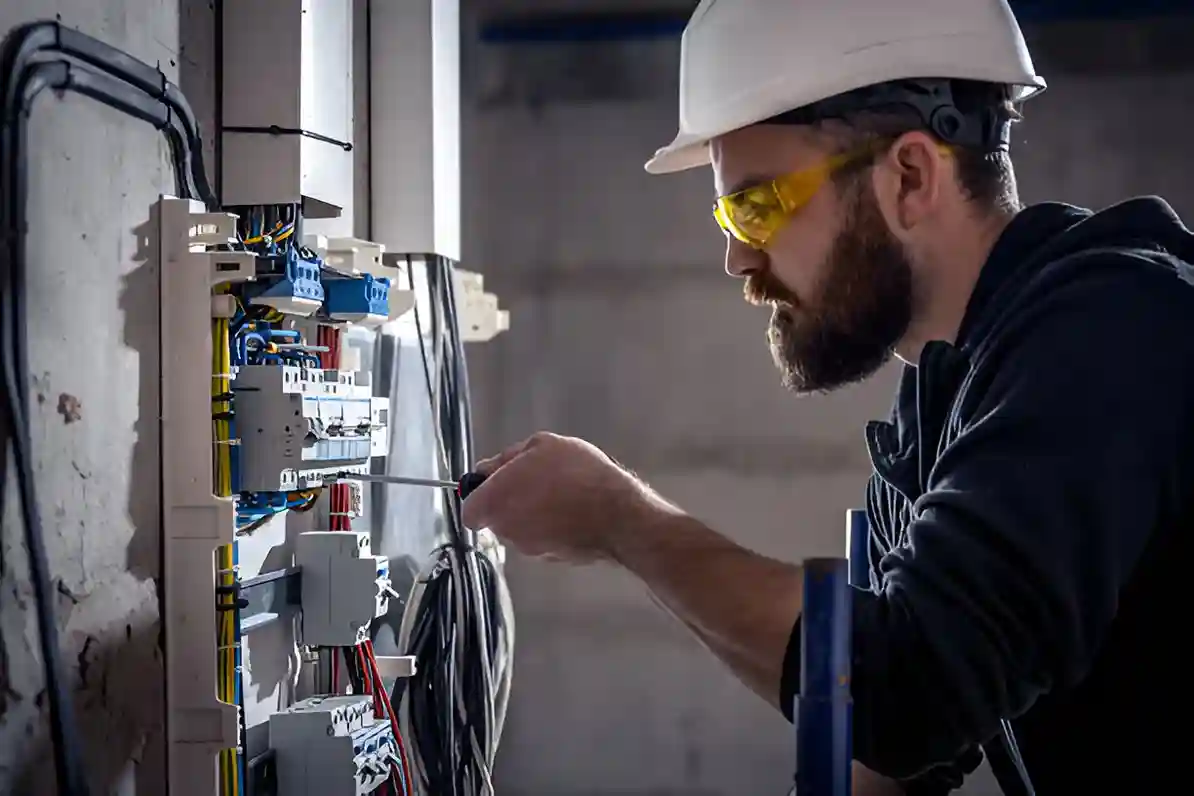
When to Book a Follow-Up EICR After Repairs
Scheduling a follow-up Electrical Installation Condition Report (EICR) after repairs is essential for guaranteeing the safety and compliance of an electrical system.
This assessment confirms that all corrections conform to the latest safety standards and that the system functions efficiently.
To determine the appropriate timing for this follow-up, consider the following factors:
- Completion of Repairs: Schedule the EICR shortly after all identified issues have been addressed to guarantee an accurate evaluation.
- Regulatory Requirements: Be aware of local regulations that may mandate follow-up inspections within a specific timeframe post-repair.
- System Changes: If significant modifications have been made to the electrical system, a follow-up EICR should be conducted to verify the integrity and compliance of the new installations.
Frequently asked questions.
Conclusion
In summary, the EICR F1 code acts as an essential warning about serious electrical threats that require immediate action. Addressing its implications and fixing the core issues with qualified electricians is necessary for safety and compliance. By taking steps, homeowners can reduce potential risks and keep their electrical systems secure. Regular follow-up inspections will also further protect against future dangers, supporting long-term electrical safety and peace of mind.


